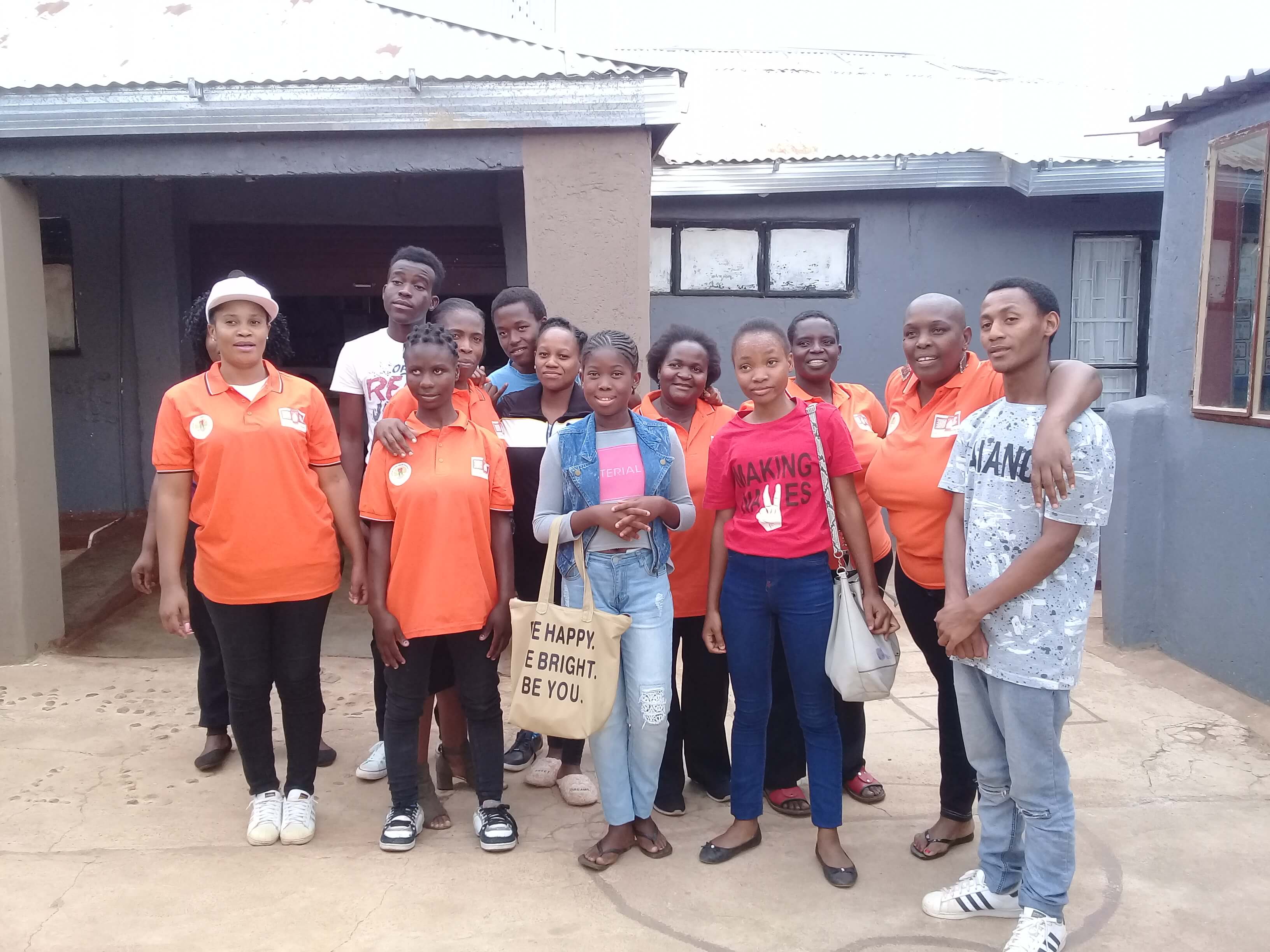(Note: unless otherwise indicated, the content included in this article derives from internal project documents and in-depth interviews with Foundation staff, children, and parents in the community conducted by the author during a site-visit in late February 2022).
The Litshani Vhana-Vha-De Foundation (Let the Children Come Foundation or LVVF) for disadvantaged children was established in 2009 by Bridgette Mamugubudi. Driven by a desire to create meaning out of personal losses and a wish to “give poor and vulnerable children a better life”, Bridgette quit her factory job, cashed in her small pension, and opened her home to orphans and vulnerable children.
LVVF provides welfare, early childhood development, primary healthcare, and after-school-care services to orphans, vulnerable children, and youth in the Thulamela municipality in the Limpopo province of South Africa. The Foundation supports approximately 150 children every day.
LVVF also runs a community library, a literacy program, a community sewing project, an environmental education and awareness program, various human rights awareness campaigns, and a community outreach program aimed at reducing gender-based violence (GBV), preventing HIV/AIDS transmission, and providing support to those already affected by these pandemics. The Foundation supports two soccer teams in the community and delivers food parcels and clothing to destitute families in the surrounding villages.
LVVF conducts fundraising campaigns (often on community radio) on behalf of children affected by serious medical conditions. One of the organization’s key achievements was raising R260 000 (over US$16,500) for an operation on a child with glaucoma.
LVVF has produced various high-quality rights awareness videos including a community dialogue on the right to water and a DVD on children’s rights and responsibilities for Youth Day celebrations.
In 2011, Bridgette was awarded the Inyathelo Award for Community Philanthropy.
In 2021, LVVF successfully applied for Global Affairs Canada’s Women’s Voice and Leadership South Africa Program’s R50 000 Rapid Response Grant (about US$3,100). The grant was awarded for a project titled ‘Rothe (Together) Against GBV Project’.
The GBV project aimed to address the underlying causes of inequality and injustice against women and children and to reduce the incidences and impact of sexual and gender-based violence (SGBV) in the Thulamela municipal area by:
- Training staff and volunteers to become GBV ‘Community Prevention Mobilizers” who would “give voice to the voiceless” through participation in workshops and outreach activities.
- Using performance art such as drama, music, and video broadcasts shared on social media to challenge the cultural and social status quo that contributes to GBV. The participants, content generators, and performers in these community theatre productions were children. The art was also used to create awareness, to promote human rights, to serve as a form of therapy for the performers and audiences, to educate perpetrators (and change their behavior), and to create economic opportunities.

Despite being negatively affected by COVID-19-related restrictions on movement and social gatherings, LVVF successfully implemented the project. This includes:
- Hosting two well-attended workshops during which the stage drama was performed, a member of the South African Police Services gave a presentation on how to report GBV, a social worker provided counselling, and academics from the University of Venda gave presentations on the importance of gender equality.
- Writing, performing, and recording a drama about GBV.
- Writing the music and recording a music video for an educational song.
- Children and youth writing and performing poetry about GBV.
- Conducting numerous community outreach events at churches and schools.
- Training staff members and volunteers to better engage with the community.
- All the photographers, artists, and producers hired were young people from the surrounding community. These young people were paid and gained work experience which should increase their future employability.
- Increasing the number of LVVF’s Facebook followers by more than 800 and receiving 881 ‘likes’ for the performance art products.
It is too early to talk about impact, but the indications are that this effectively implemented project will have a positive impact on the community.
LVVF reports that the workshop participants acquired a better understanding of the causes and consequences of GBV, as well as of how to respond to GBV (including how to lay charges). Perpetrators reportedly ceased disrespectful and abusive behavior and some sought help from the social worker. LVVF also received positive feedback from many viewers, describing how watching the performance art had changed their perceptions or behavior.

LVVF has a vision for its future that it cannot achieve without significant funding. The vision is of an organization that provides better quality and more diverse services to an increasing number of children and youth, of increased community outreach, and of successful initiatives for women’s economic empowerment. LVVF wants to establish a computer center to teach computer skills to children, youth, and women, it wants to provide accommodation and a place of safety for children and youth who need it, it wants to build two soccer fields, it wants to start a sewing project to enable women to generate an income (for this they have already secured the sewing machines, but it doesn’t have the space to set it up), it wants to start a beautician’s course to help women establish businesses and it wants to train young people to cook traditional meals to market to tourists, etc. LVVF’s most urgent need, therefore, is for a building nearby.

